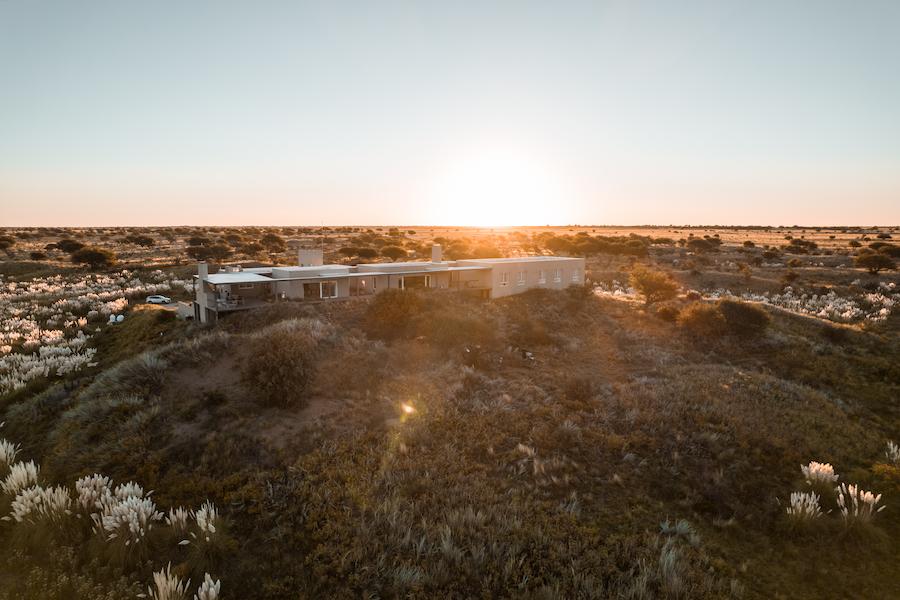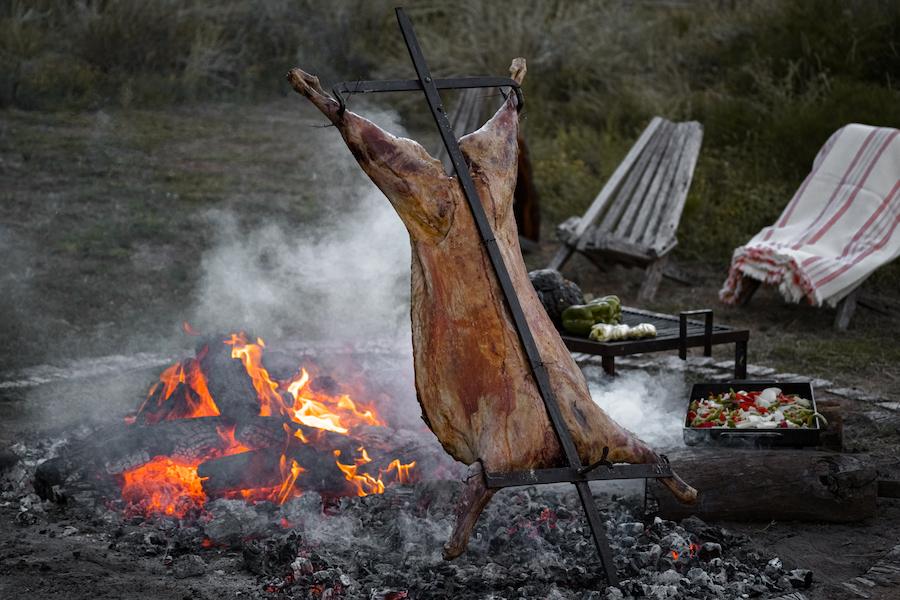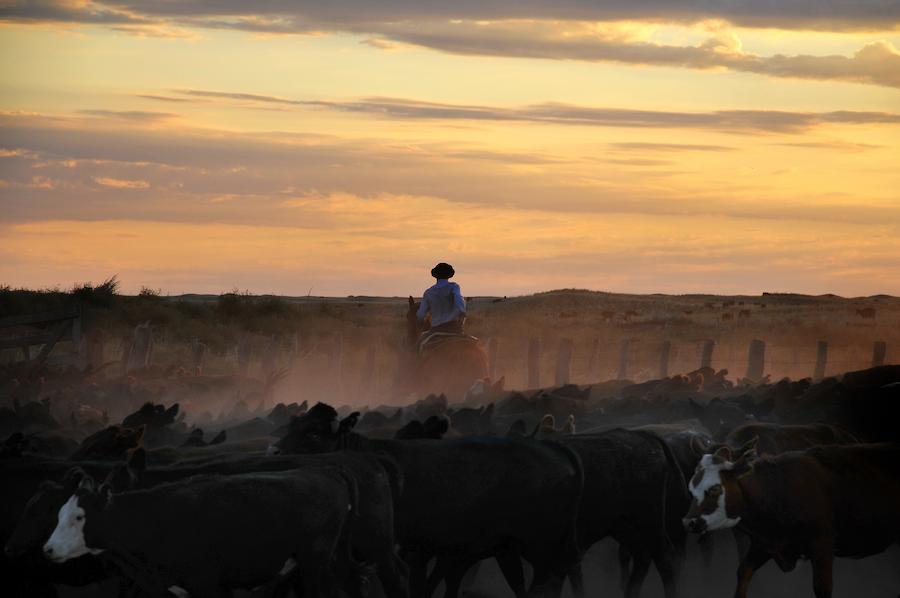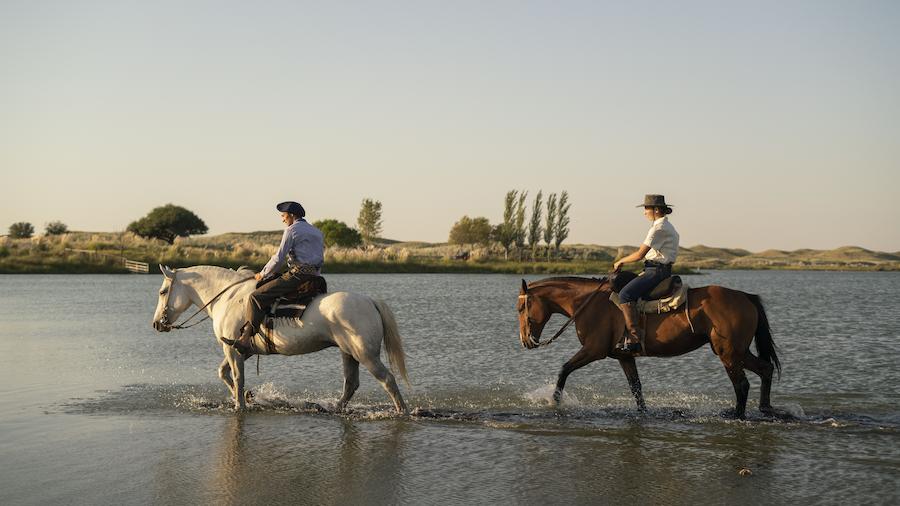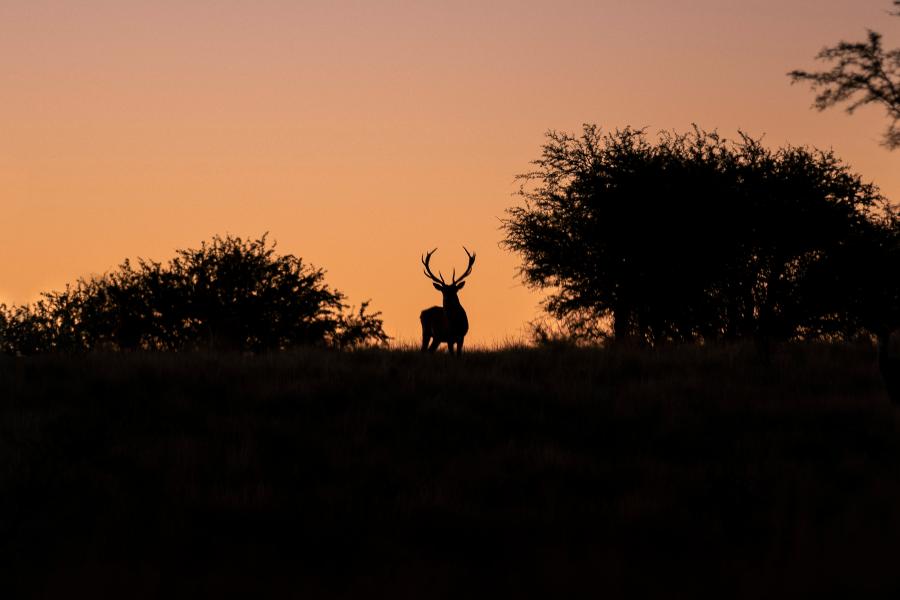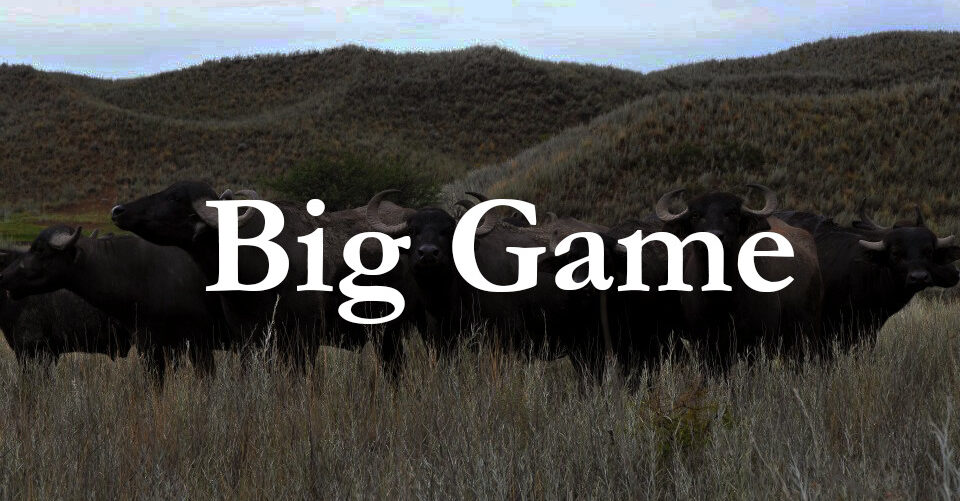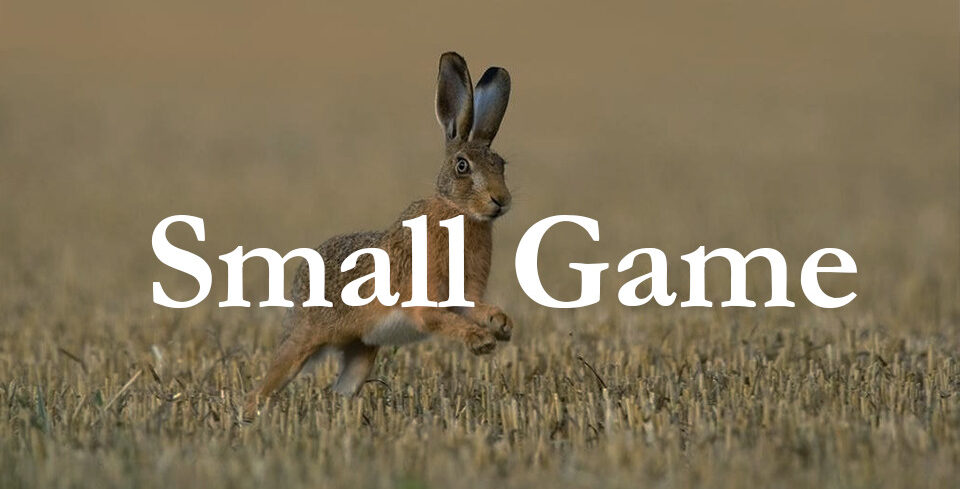The Blackbuck, also known as the Indian antelope, is a species of antelope native to the Indian subcontinent. They are known for their striking appearance, with the males sporting a distinctive black and white coat and impressive spiral horns.
In this article, we will delve deeper into the world of the Blackbuck, exploring their habitat, diet, behavior, and conservation status.
Habitat
Blackbucks are found primarily in grasslands and open forests across India, Pakistan, and Nepal. They prefer areas with short grasses and a mixture of shrubs and trees, as this provides them with both food and cover.
Diet
Blackbucks are herbivores, feeding mainly on grasses, leaves, and fruits. They are known for their ability to survive in arid areas with little vegetation, as they are able to extract moisture from their food and can go for long periods without drinking water.
Behavior
Blackbucks are social animals, living in herds of up to 50 individuals. Males are territorial and will defend their territory from other males, using their horns to fight if necessary. During the breeding season, males will engage in elaborate displays to attract females, including jumping and twisting in the air.
Conservation Status
The Blackbuck is listed as Near Threatened on the IUCN Red List, with populations declining due to habitat loss, hunting, and competition with livestock for resources. Conservation efforts are underway to protect their habitat and prevent hunting, but more needs to be done to ensure their survival.
In conclusion, the Blackbuck is a fascinating and beautiful species that plays an important role in the ecosystems of the Indian subcontinent. By understanding their habitat, diet, behavior, and conservation status, we can work towards protecting them for generations to come.
